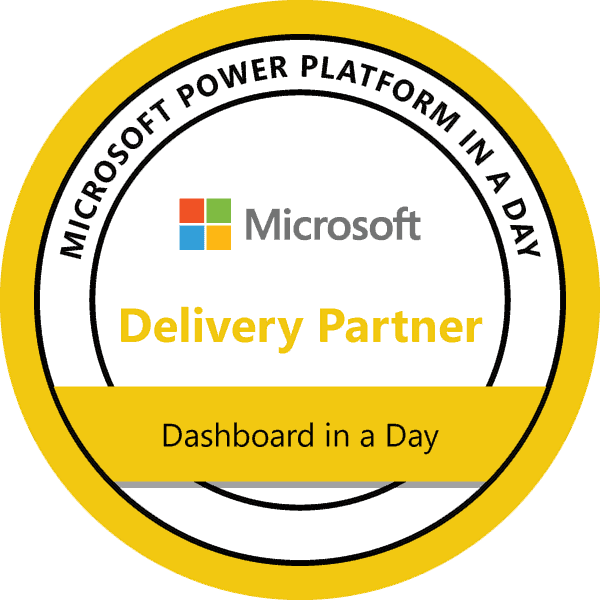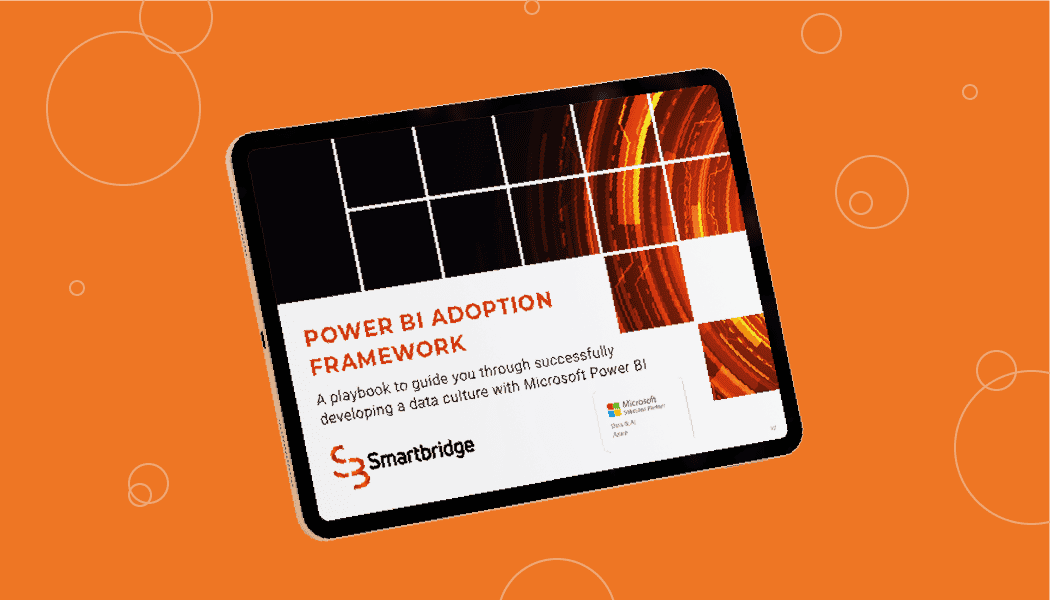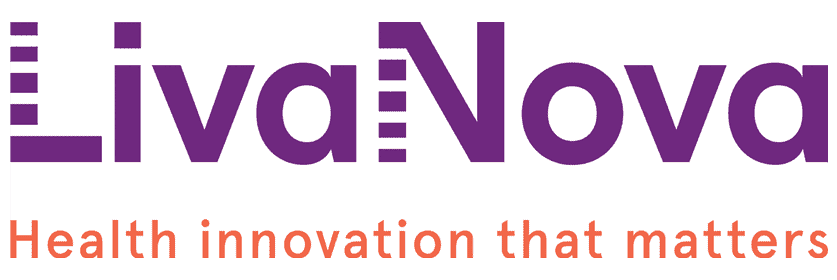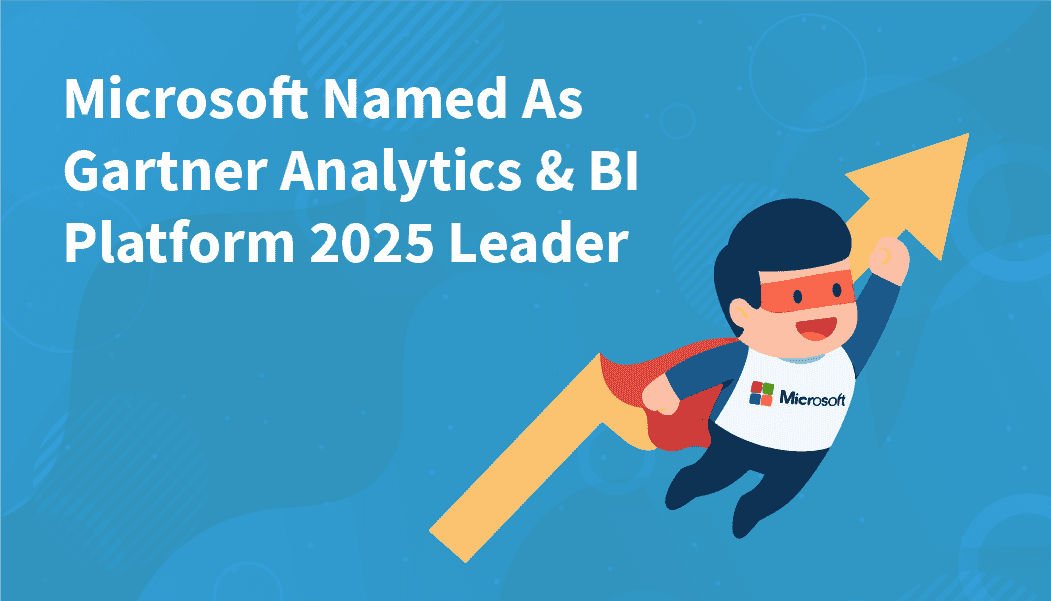DATA & ANALYTICS CONSULTING SERVICES
focused on creating new revenue streams, improving customer experience and driving operational efficiencies.
In our increasingly digital economy, there are more and more hidden opportunities and insights that are locked in the data available to us.
Smartbridge can help you unlock these insights and build an analytics organization that can drive a true competitive advantage.
Even with this promise, few companies are running truly effective analytics organizations. It’s not easy and requires the right people, process, and technology components to work.
Smartbridge’s enterprise data and analytics services can help you get there with a balanced approach that starts small but moves fast and delivers quick wins.
A playbook to guide you through successfully developing a data culture with Microsoft Power BI
The Smartbridge framework is developed to meet users at their skill level. It is a summarized, yet exhaustive, template that will help you achieve a data culture for agile decision-making at scale. Don’t start your journey without a roadmap.


TRUSTED BY INDUSTRY LEADERS
DATA & ANALYTICS TECHNOLOGY PARTNERS

Smartbridge is a Microsoft Fabric Featured Partner. Check out what that means!

EXPERT PERSPECTIVES on DATA & ANALYTICS
ARTICLES, CASE STUDIES AND INSIGHTS
06/26/2025
Categories: AI & ML, Article, Data & Analytics, Fabric, Power BI
06/17/2025
Categories: Azure, Case Study, Data & Analytics, Development, Real Estate
06/03/2025
Categories: Article, Data & Analytics, Salesforce
06/02/2025
Categories: AI & ML, Article, Automation, Data & Analytics, Digital Innovation, Systems Modernization




























